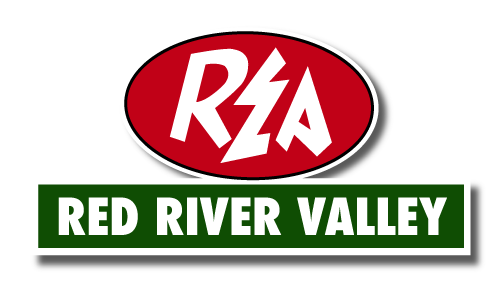Energy Efficiency
save time, energy, & money!
We want to help you save time, energy and money! Heating and cooling your home uses more energy and drains more energy dollars than any other system in your home. Typically, you will spend 45% of your utility bill on heating and cooling. By following a few simple tips, you can cut your energy use and reduce environmental emissions, from 20% to 50% this year.


 TIPS
TIPS 

